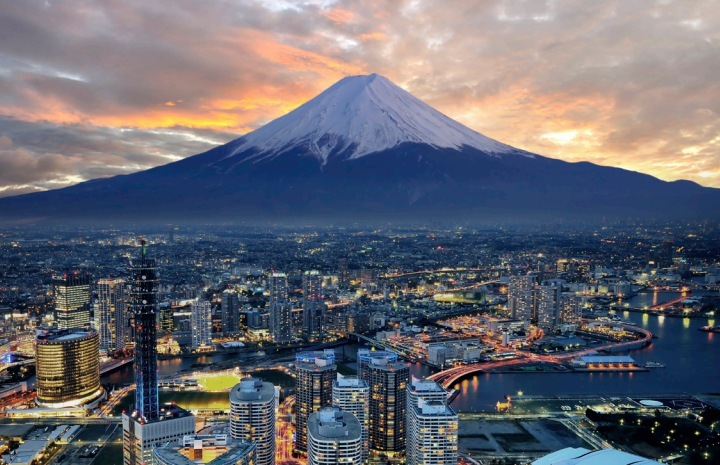
Japan’s Role as Leader for Nuclear Nonproliferation
A country with few natural resources, first Japan began to develop nuclear power technologies in 1954. Nuclear energy assisted with Japanese economic development and reconstruction post World War II. However, with the fear of lethal ash and radioactive fallout and the lingering effects from the 2011 accident at Fukushima-Daiichi Nuclear Power Plant, there are many concerns related to Japanese nonproliferation, security and nuclear policy.
In a FAS issue brief, Ms. Kazuko Goto, Research Fellow of the Ministry of Education, Culture, Sports, Science, and Technology of the Government of Japan, writes of Japan’s advancement of nuclear technologies which simultaneously benefits international nonproliferation policies.
The FY2026 National Defense Authorization Act (NDAA) paints a picture of a Congress that is working to both protect and accelerate nuclear modernization programs while simultaneously lacking trust in the Pentagon and the Department of Energy to execute them.
While advanced Chinese language proficiency and cultural familiarity remain irreplaceable skills, they are neither necessary nor sufficient for successful open-source analysis on China’s nuclear forces.
Satellite imagery has long served as a tool for observing on-the-ground activity worldwide, and offers especially valuable insights into the operation, development, and physical features related to nuclear technology.
This report outlines a framework relying on “Cooperative Technical Means” for effective arms control verification based on remote sensing, avoiding on-site inspections but maintaining a level of transparency that allows for immediate detection of changes in nuclear posture or a significant build-up above agreed limits.